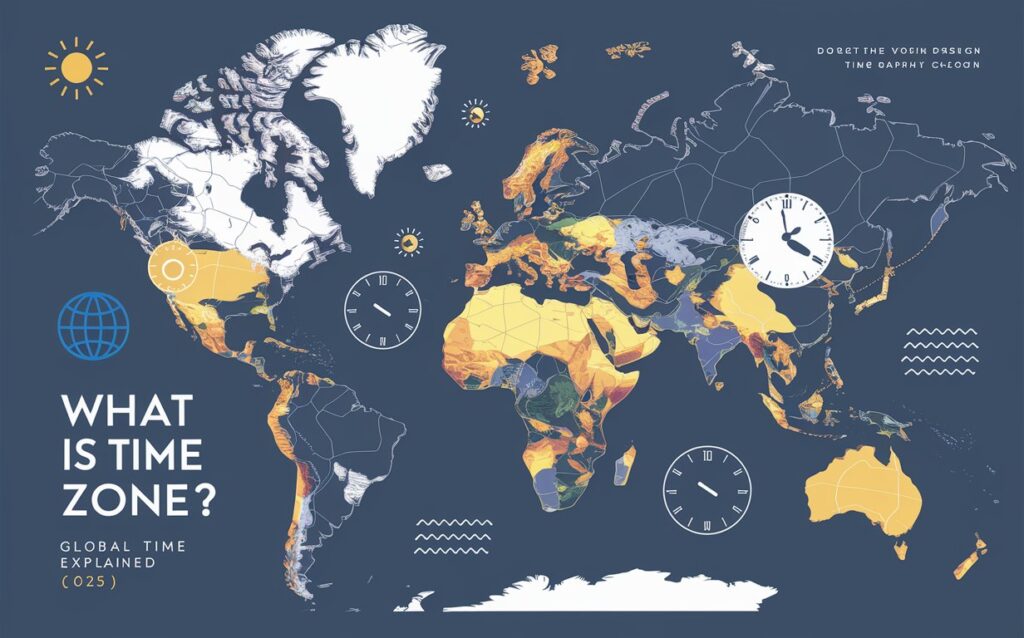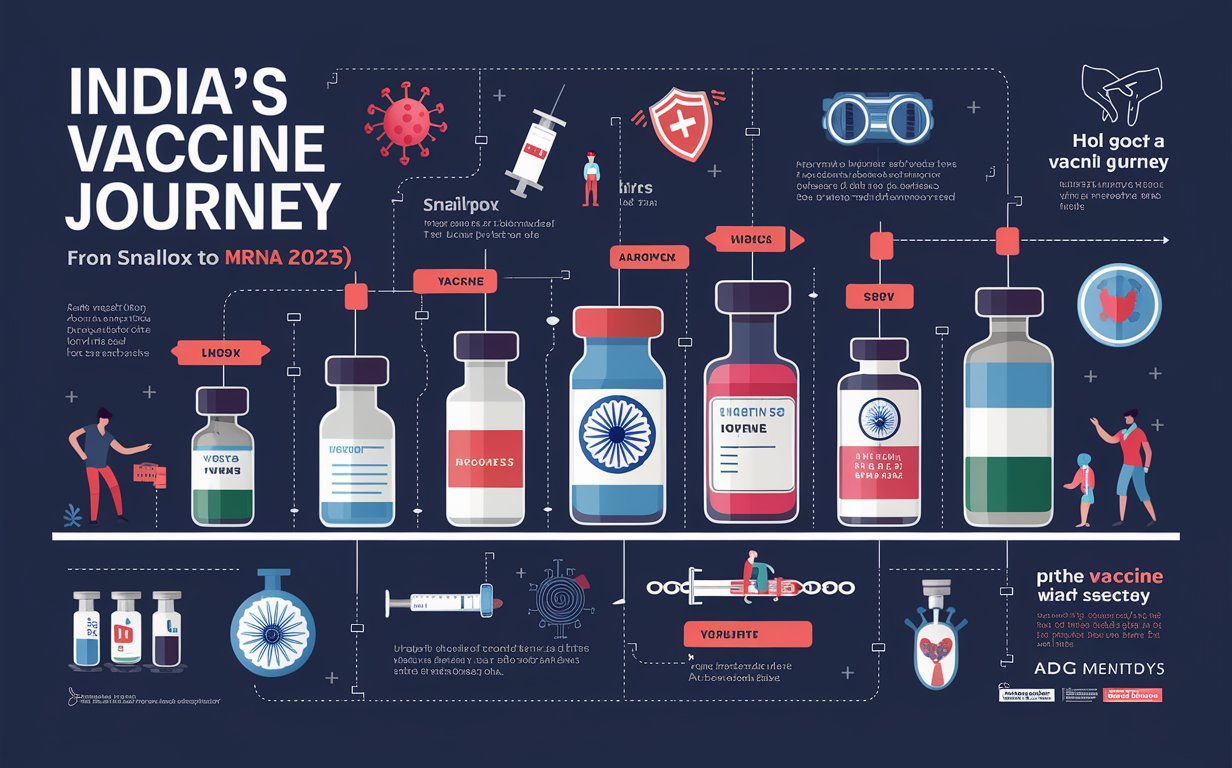🧭 What Is a Time Zone? Understanding Global Time in 2025
In our ultra-connected world, where virtual meetings, international travel, and real-time trading are everyday realities, understanding time zones is more important than ever. Time zones determine how we coordinate everything from global business operations to your favorite sports events. 🌍🕒
But what exactly is a time zone? How did it originate? And how does it still shape our lives in 2025?

🕰️ What Is a Time Zone?
A time zone is a region of the Earth that shares the same standard time. The concept is based on the Earth’s 24-hour rotation and its 360 degrees of longitude.
- Earth is divided into 24 standard time zones, each covering 15 degrees of longitude.
- As the Earth rotates, each time zone represents a one-hour difference from its neighboring zone.
- All time zones are measured relative to GMT (Greenwich Mean Time) or UTC (Coordinated Universal Time).
So, when it’s noon in London (UTC+0), it’s 5:30 PM in India (UTC+5:30).
🌐 Why Do Time Zones Exist?
Before the 19th century, every city kept local solar time, leading to chaotic scheduling—especially with the rise of railways and telegraphs.
In 1884, at the International Meridian Conference, it was decided:
- Greenwich, England, would be the Prime Meridian (0° longitude).
- The world would be divided into 24 time zones, each one hour apart.
This system made global trade, communication, and travel vastly more efficient.
🧭 India’s Unique Time Zone
India operates on a single time zone — Indian Standard Time (IST), which is UTC +5:30.
Despite spanning more than 29 degrees of longitude, India doesn’t use multiple zones. This creates some unique effects:
- In Assam and Arunachal Pradesh, the sun rises as early as 4 AM.
- In Rajasthan, sunrise may occur two hours later.
In 2025, debates about introducing a second time zone for northeastern India continue, but no change has yet been implemented.
🕹️ How Time Zones Affect Daily Life in 2025
Time zones play a major role in our modern routines:
🌎 International Business
- Stock markets, call centers, and remote teams all schedule operations based on time differences.
- Apps like Google Calendar and Slack now auto-adjust for time zones during global meetings.
✈️ Air Travel
- Flight schedules rely on accurate time zone calculations.
- Crossing the International Date Line (near 180° longitude) can result in gaining or losing an entire day.
🕹️ Online Gaming and Streaming
- Events are announced in Universal Time (UTC) so users from all over the world can tune in.
- Global eSports tournaments now use AI to schedule matches fairly across zones.
🌙 Daylight Saving Time (DST)
Many countries, especially in North America and Europe, follow Daylight Saving Time, where clocks are adjusted forward by 1 hour in summer. This aims to maximize daylight usage.
India does not observe DST, as it lies near the equator and daylight hours are more consistent year-round.
🛰️ Time Zones and Technology
Modern systems depend on precise time:
- GPS satellites need accurate atomic clocks synced to time zones.
- Blockchain records transactions by UTC to avoid fraud.
- Smart devices auto-update time zones using geolocation.
In 2025, most smartwatches, computers, and smartphones adjust time automatically as you travel — using satellite and network data.
🧮 How to Read a Time Zone
Time zones are represented like this:
- UTC+5:30 = 5 hours 30 minutes ahead of UTC (India)
- UTC−8:00 = 8 hours behind UTC (California)
- UTC+9:00 = 9 hours ahead (Japan)
This universal standard allows everyone—from pilots to programmers—to sync globally.
✅ Conclusion
Time zones may seem like a technical concept, but in reality, they affect everything you do — from catching flights to joining Zoom calls. In the digital world of 2025, understanding and managing time zones means staying truly global. 🕒🌐✈️
DoFollow External Links
Internal Links



Post Comment